The Arctic is a unique and fascinating region, home to an incredible array of wildlife adapted to its extreme conditions. From the icy waters to the frozen tundra, the Arctic hosts a variety of species that have evolved remarkable traits to survive and thrive in one of the harshest environments on Earth. This article explores the top 14 unique species of Arctic animals, highlighting their distinctive characteristics and the special adaptations that make them stand out. Whether it’s the iconic polar bear, the elusive Arctic fox, or the majestic snowy owl, each of these species plays a vital role in the Arctic ecosystem and offers a glimpse into the resilience of life in the far north.
Arctic Fox
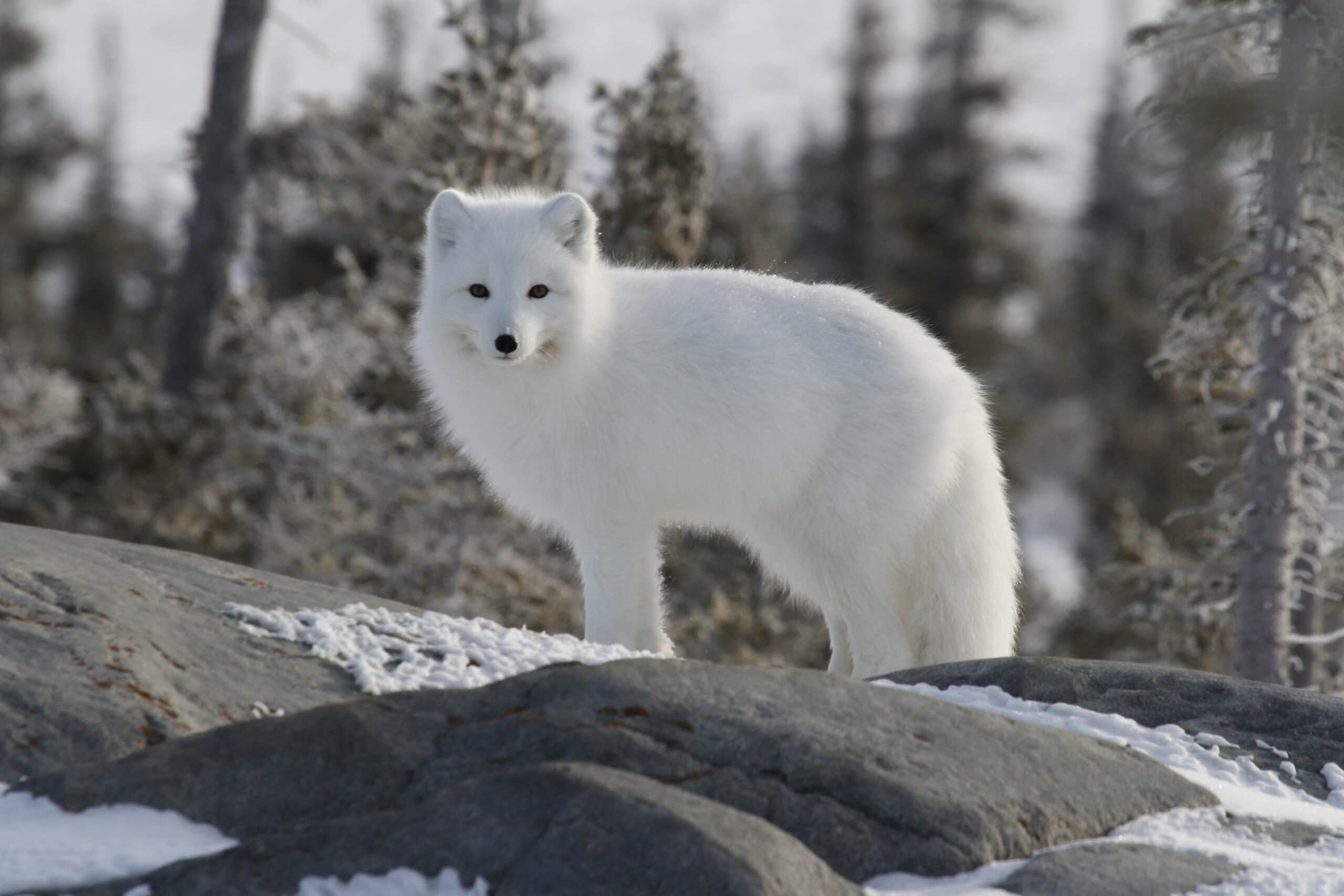
The Arctic Fox (Vulpes lagopus) is uniquely adapted to survive in the extreme cold of the Arctic tundra. Its thick, multi-layered fur changes color with the seasons—from white in the winter, which provides camouflage against the snow, to brown or gray in the summer, blending in with the tundra landscape. This remarkable adaptation helps it to hunt and evade predators. The Arctic Fox has a keen sense of hearing, which allows it to locate and catch prey under the snow. Its diet is diverse, including lemmings, birds, fish, and carrion, making it a versatile and resilient survivor in one of the harshest environments on Earth.
Polar Bear
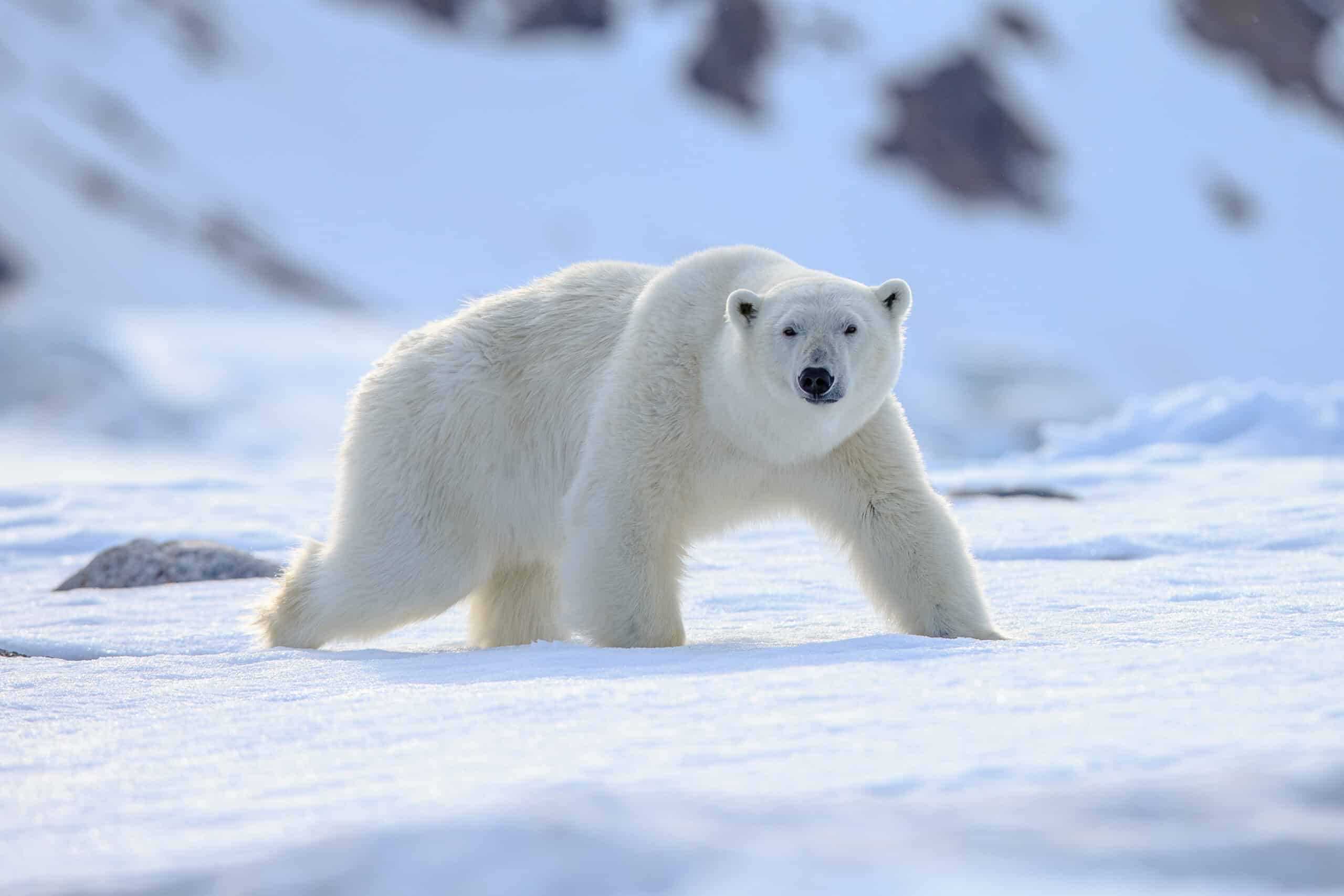
The Polar Bear (Ursus maritimus) is the largest land carnivore, renowned for its powerful build and stunning white fur, which provides insulation and camouflage in the icy Arctic environment. Adapted to a life on the sea ice, polar bears are excellent swimmers, capable of covering vast distances in search of food. Their primary diet consists of seals, particularly ringed and bearded seals, which they hunt by waiting near breathing holes or breaking through the ice. Polar bears are also remarkable for their ability to fast for extended periods, relying on their fat reserves when food is scarce. These adaptations make the polar bear a true icon of the Arctic wilderness.
Narwhal
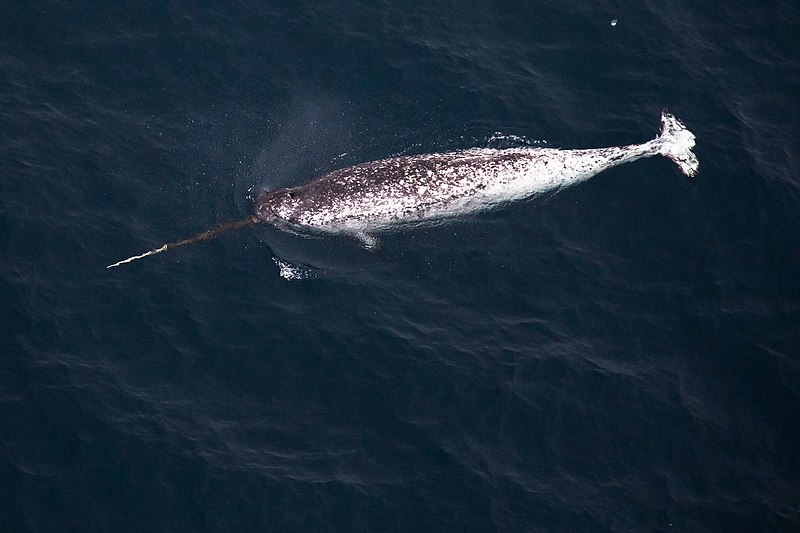
The Narwhal (Monodon monoceros) is often called the “unicorn of the sea” due to the long, spiral tusk that extends from the male’s upper jaw. This tusk, which can reach up to 10 feet in length, is actually an elongated tooth and is thought to play a role in mating rituals and social interactions. Narwhals inhabit the Arctic waters around Canada, Greenland, Norway, and Russia, migrating seasonally between open water and dense sea ice. They feed primarily on fish, squid, and shrimp. Narwhals’ unique appearance and specialized adaptations to their icy habitat make them one of the most fascinating Arctic marine mammals.
Beluga Whale
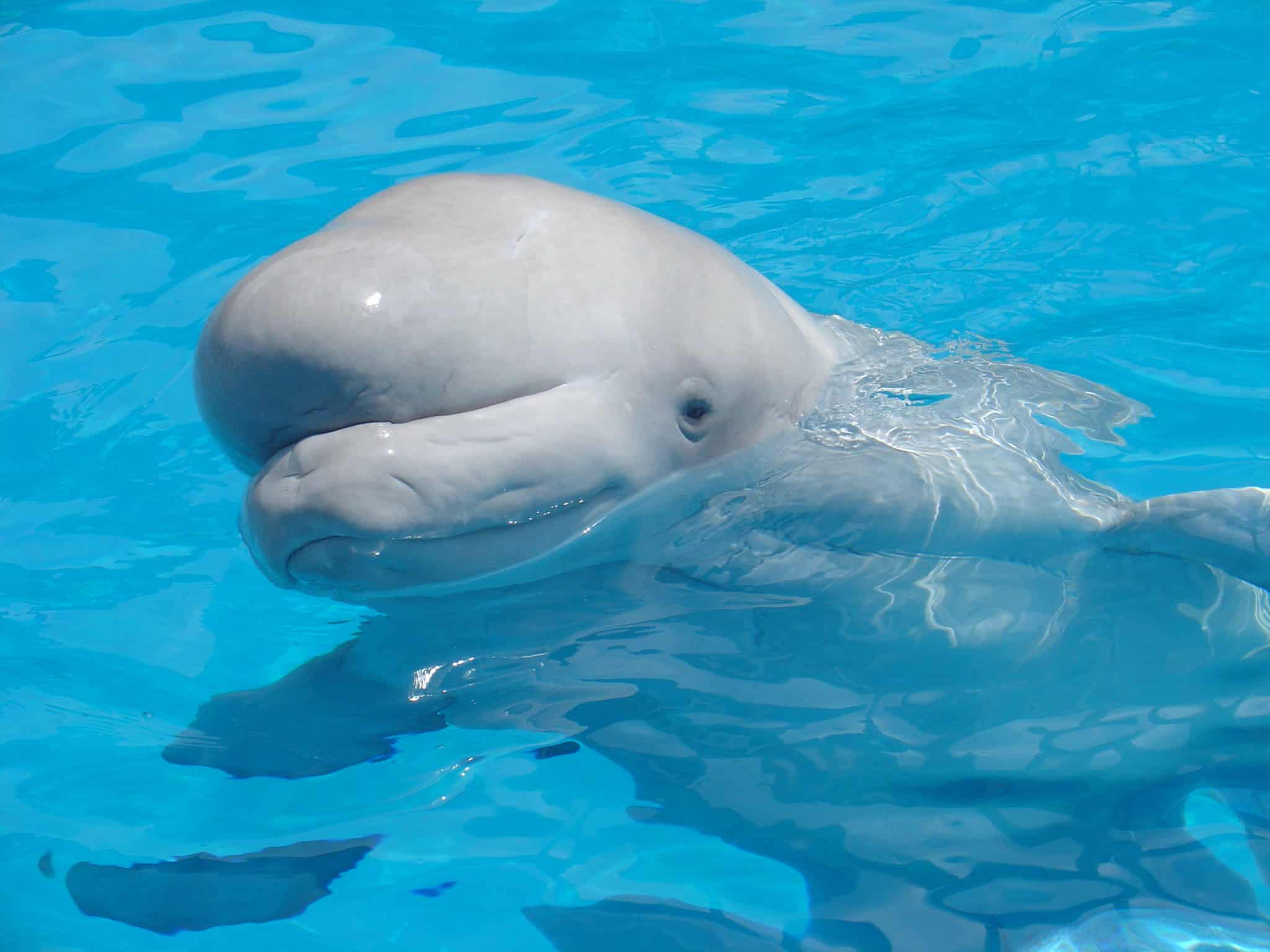
The Beluga Whale (Delphinapterus leucas) is known for its distinctive white color and vocal abilities, earning it the nickname “canary of the sea.” Belugas are highly social animals, often found in pods that communicate using a variety of clicks, whistles, and other sounds. Their flexible necks allow them to nod and turn their heads, which is uncommon among cetaceans. Belugas inhabit the cold waters of the Arctic and sub-Arctic regions, where they feed on fish, crustaceans, and worms. Their playful behavior, along with their unique adaptations to the Arctic environment, makes them a captivating species to study and observe.
Musk Ox
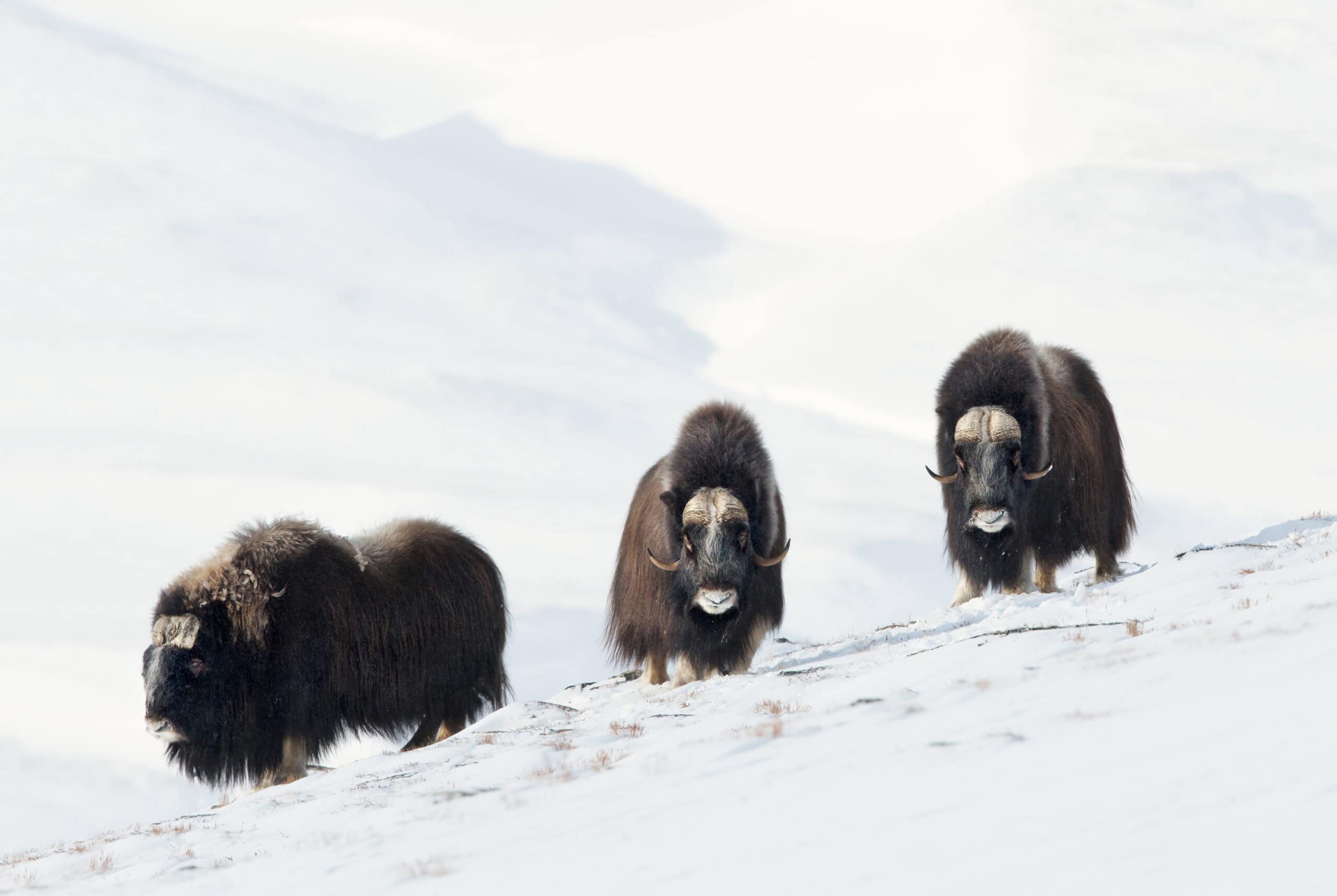
The Musk Ox (Ovibos moschatus) is a large, shaggy herbivore well-adapted to the Arctic tundra. Its thick coat, consisting of long guard hairs and a dense underlayer called qiviut, provides exceptional insulation against the cold. Musk oxen are social animals, typically forming herds for protection against predators like wolves. During the rutting season, males engage in dramatic head-butting contests to establish dominance and mating rights. These hardy animals graze on grasses, lichens, and mosses, using their hooves to dig through snow in winter. The musk ox’s resilience and unique adaptations to its harsh environment highlight its importance in Arctic ecosystems.
Walrus
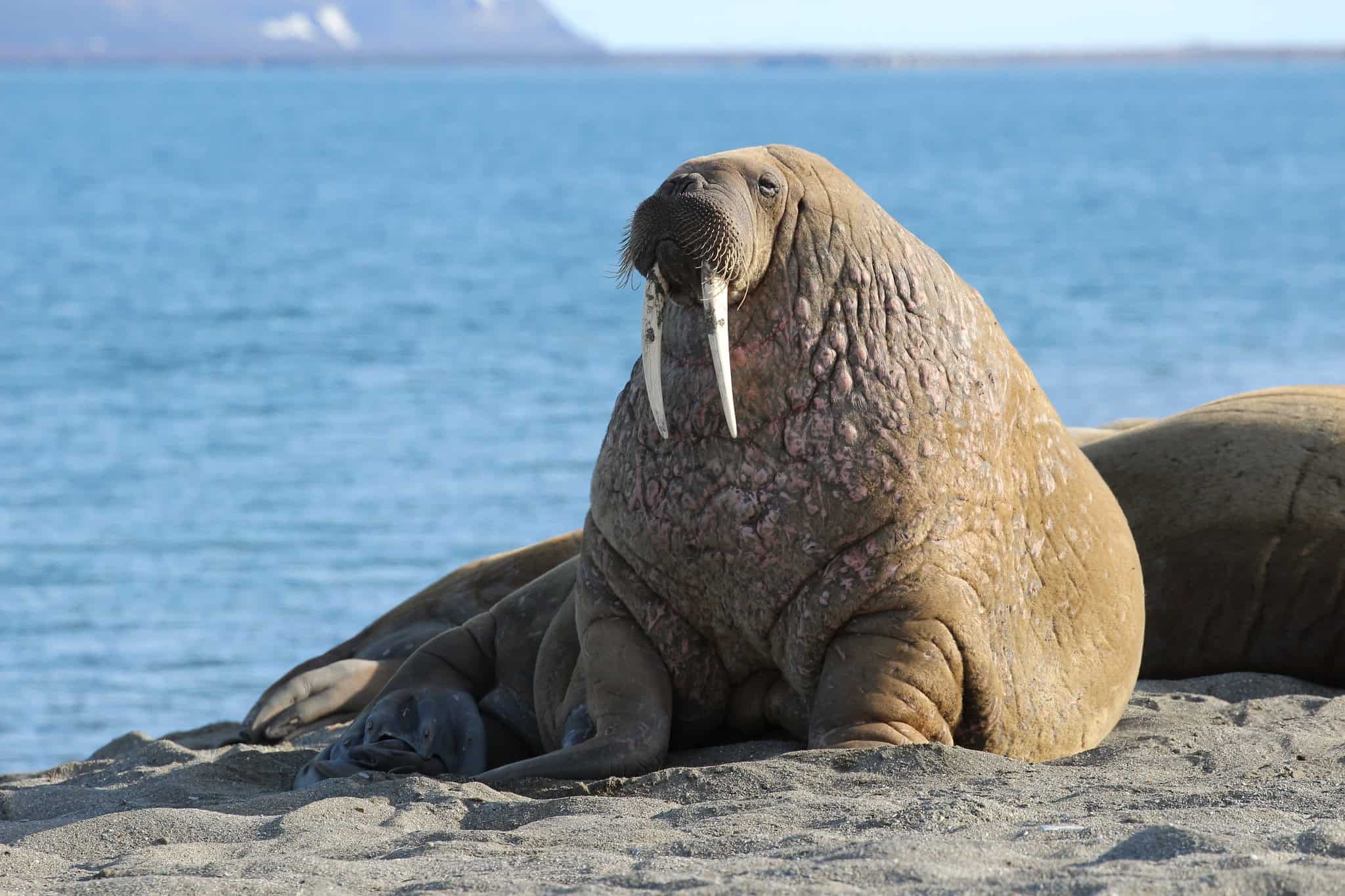
The Walrus (Odobenus rosmarus) is easily recognizable by its large tusks, whiskers, and bulky body. These marine mammals inhabit the Arctic and sub-Arctic regions, often found on sea ice and in shallow coastal waters. Their tusks, which can grow up to three feet long, are used for various purposes, including hauling themselves onto ice, fighting, and foraging. Walruses feed primarily on benthic invertebrates, such as clams and mollusks, which they detect using their sensitive whiskers. Their social nature and unique physical characteristics make walruses a distinctive and important species in the Arctic marine ecosystem.
Caribou (Reindeer)
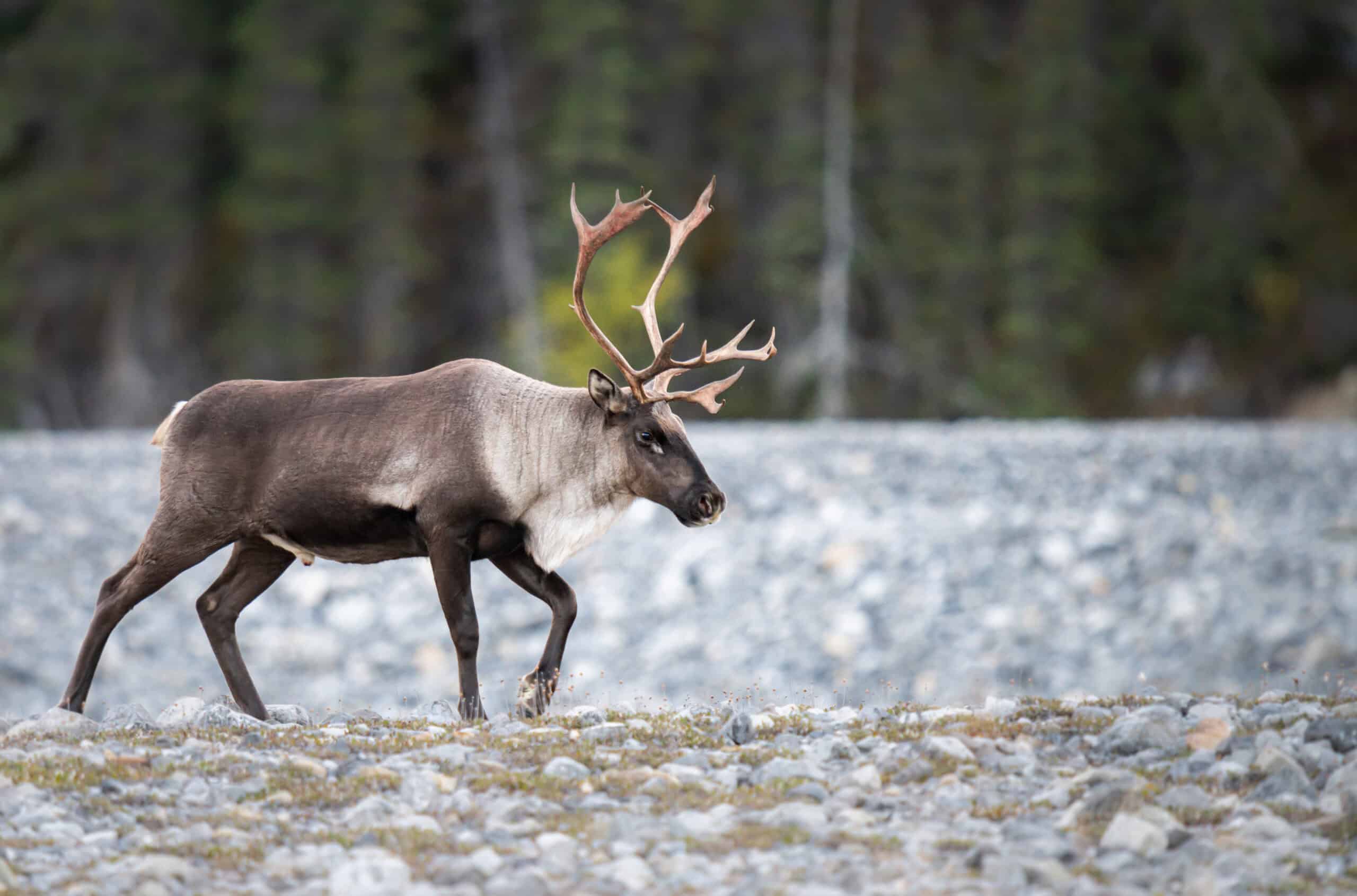
Caribou, known as Reindeer in Eurasia (Rangifer tarandus), are iconic Arctic and sub-Arctic animals known for their impressive migrations. These herbivores travel vast distances between their summer and winter ranges, following food availability and favorable conditions. Both male and female caribou grow antlers, which are shed and regrown annually. Their thick fur and large hooves, which act like snowshoes, help them navigate and survive in harsh, snowy environments. Caribou play a crucial role in indigenous cultures and Arctic ecosystems, serving as a key food source and influencing vegetation dynamics through their grazing.
Arctic Hare
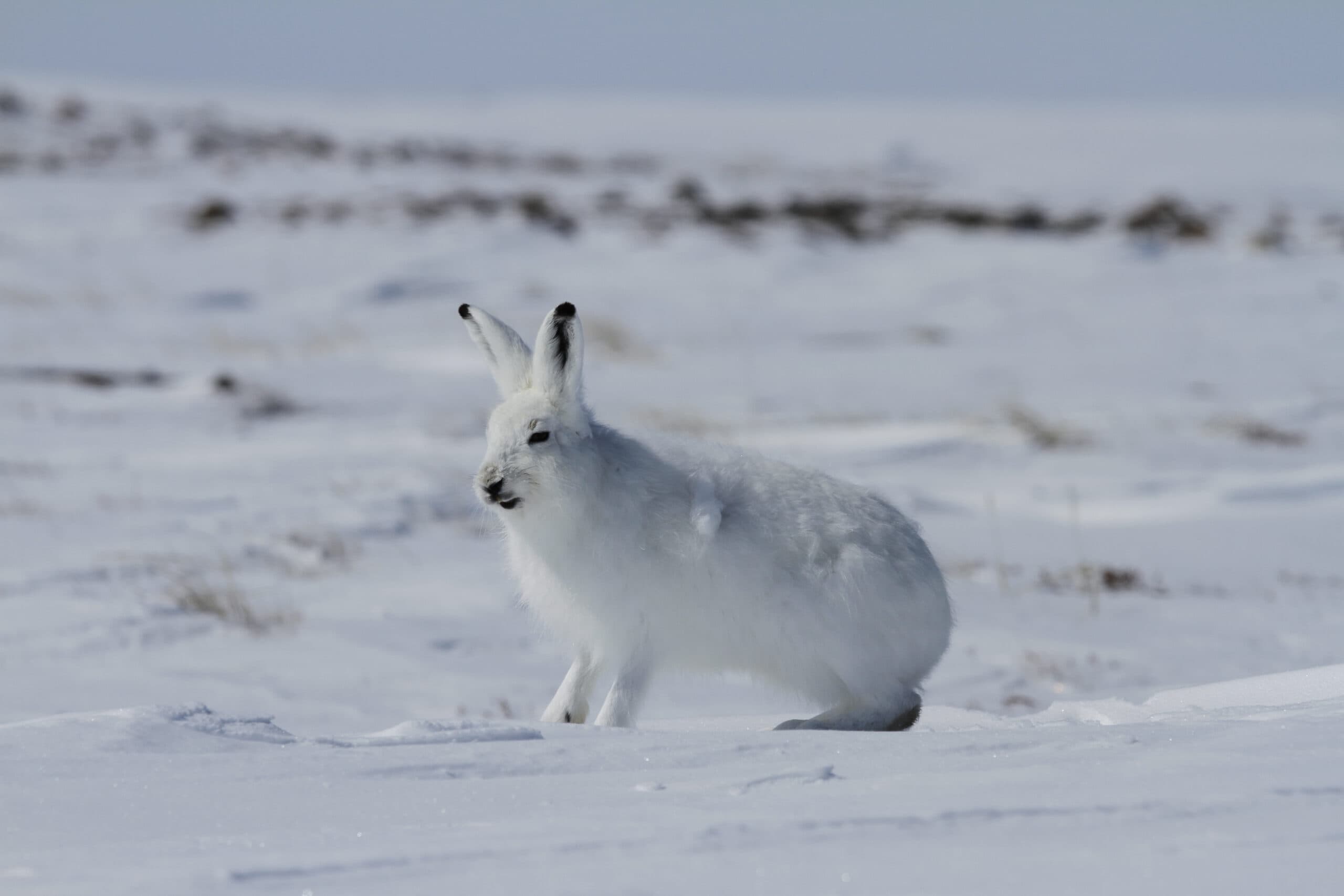
The Arctic Hare (Lepus arcticus) is well-adapted to life in the tundra with its thick fur, short ears, and compact body, all of which help conserve heat. During the winter, its coat turns white to blend in with the snow, providing effective camouflage from predators. Arctic hares are strong runners and can travel at speeds up to 60 kilometers per hour to escape threats. They feed on woody plants, mosses, and lichens, digging through the snow to find food in winter. The Arctic hare’s adaptations to extreme cold and its role in the food web make it a fascinating species to study.
Snowy Owl
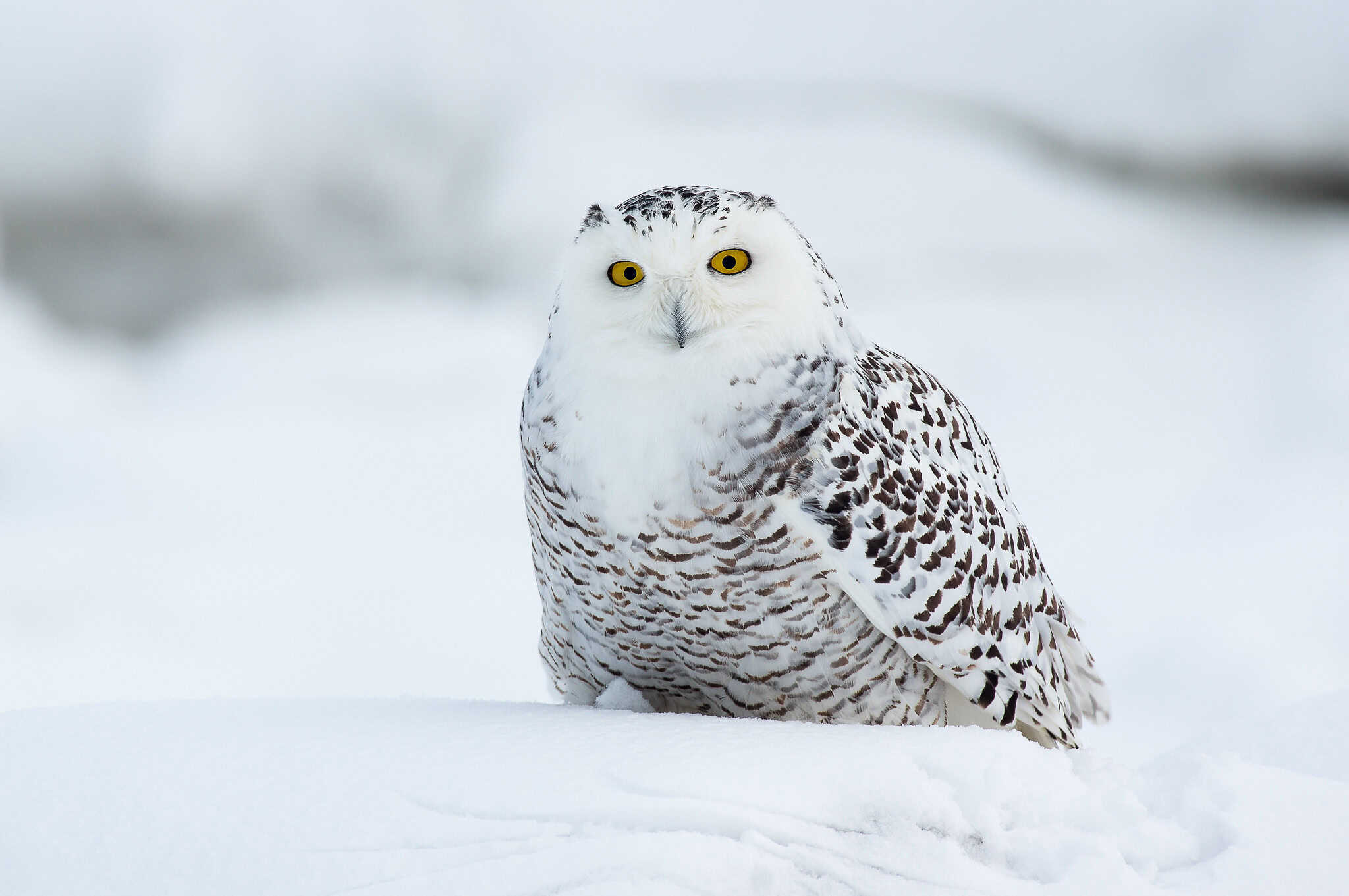
The Snowy Owl (Bubo scandiacus) is a striking bird of prey known for its pure white plumage, which provides excellent camouflage in its snowy habitat. These owls are well-adapted to the Arctic environment, with heavily feathered feet to keep warm and sharp talons for hunting. They feed primarily on small mammals like lemmings but will also hunt birds and fish. Snowy owls are migratory, sometimes moving to more southerly regions during the winter months. Their majestic appearance and remarkable hunting skills make the snowy owl a captivating symbol of the Arctic wilderness.
Wolverine
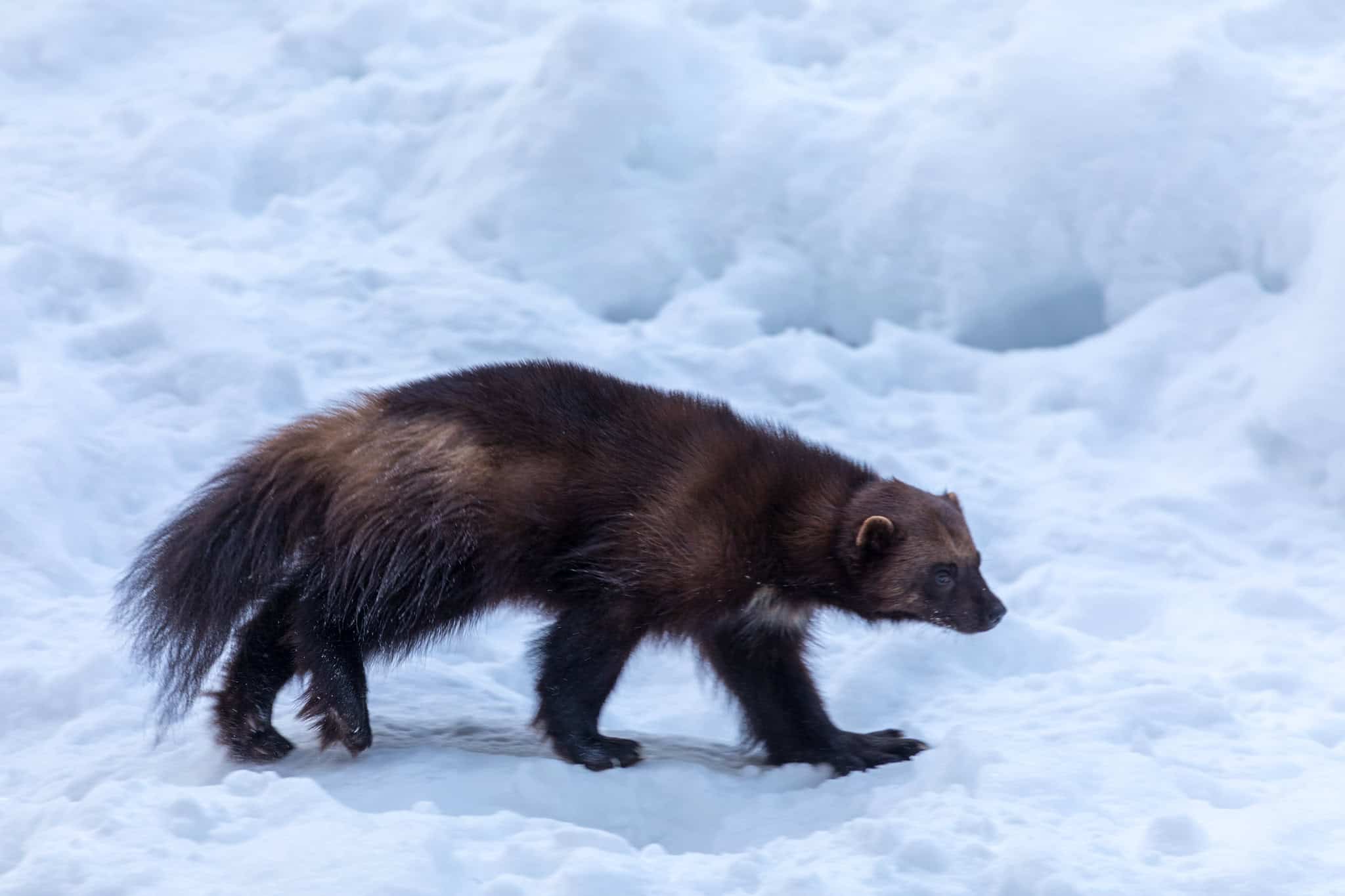
The Wolverine (Gulo gulo) is a powerful and solitary predator, known for its strength, endurance, and ferocity. Despite its relatively small size, it can take down prey much larger than itself, such as caribou and deer. Wolverines have thick fur and large paws that help them travel long distances over snow. They are opportunistic feeders, scavenging on carrion and hunting small mammals and birds. Their elusive nature and ability to thrive in harsh Arctic conditions make the wolverine one of the most intriguing and formidable animals of the region.
Canada Lynx
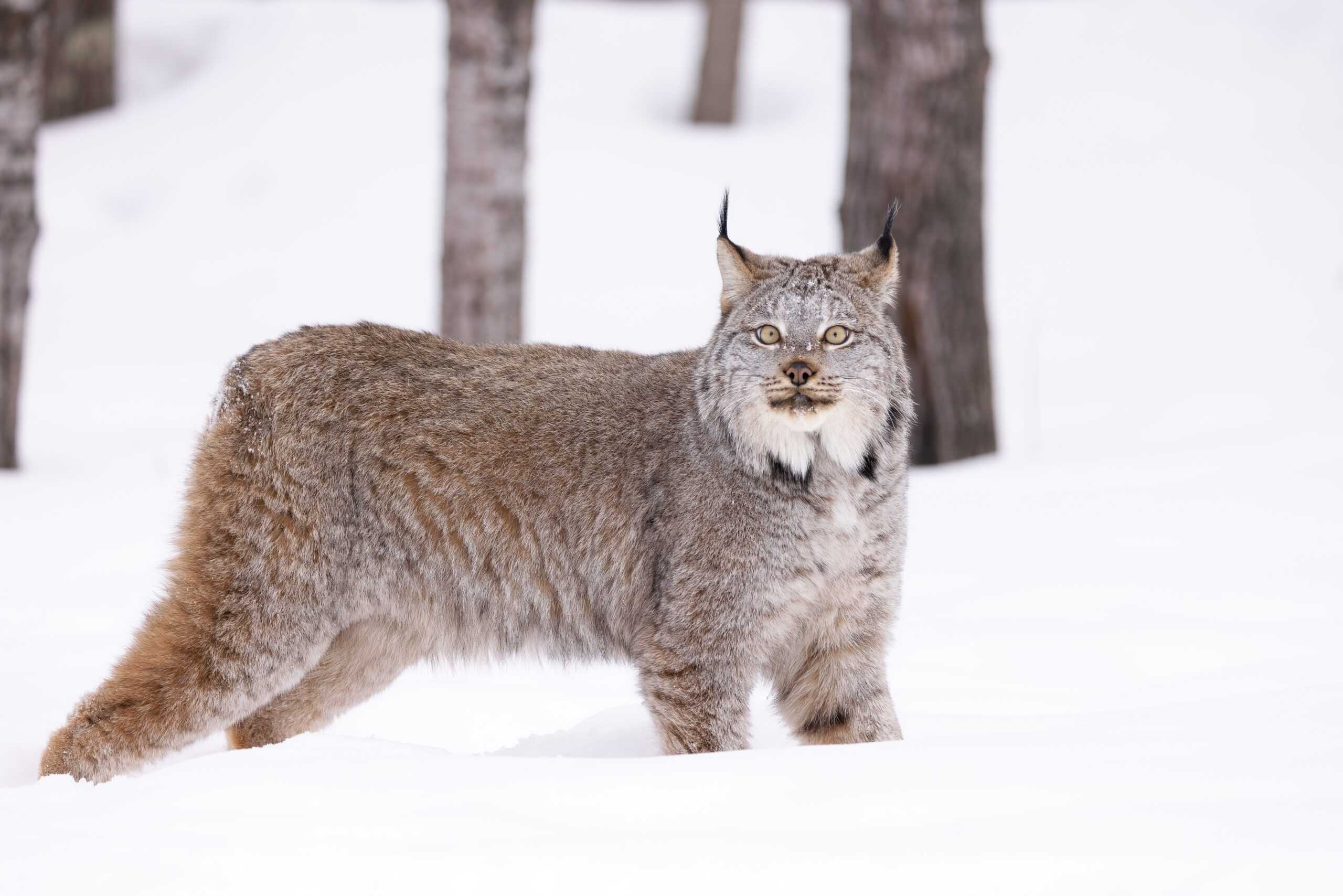
The Canada Lynx (Lynx canadensis) is a solitary and elusive feline adapted to the cold boreal forests of North America, including parts of the Arctic. It has large, tufted ears, a short tail, and long legs with wide paws that act like snowshoes, allowing it to move easily through deep snow. The lynx primarily hunts snowshoe hares, relying on its keen eyesight and hearing to locate prey. The Canada lynx’s specialized adaptations and its role as a top predator in its ecosystem make it a fascinating species to observe and study.
Puffin
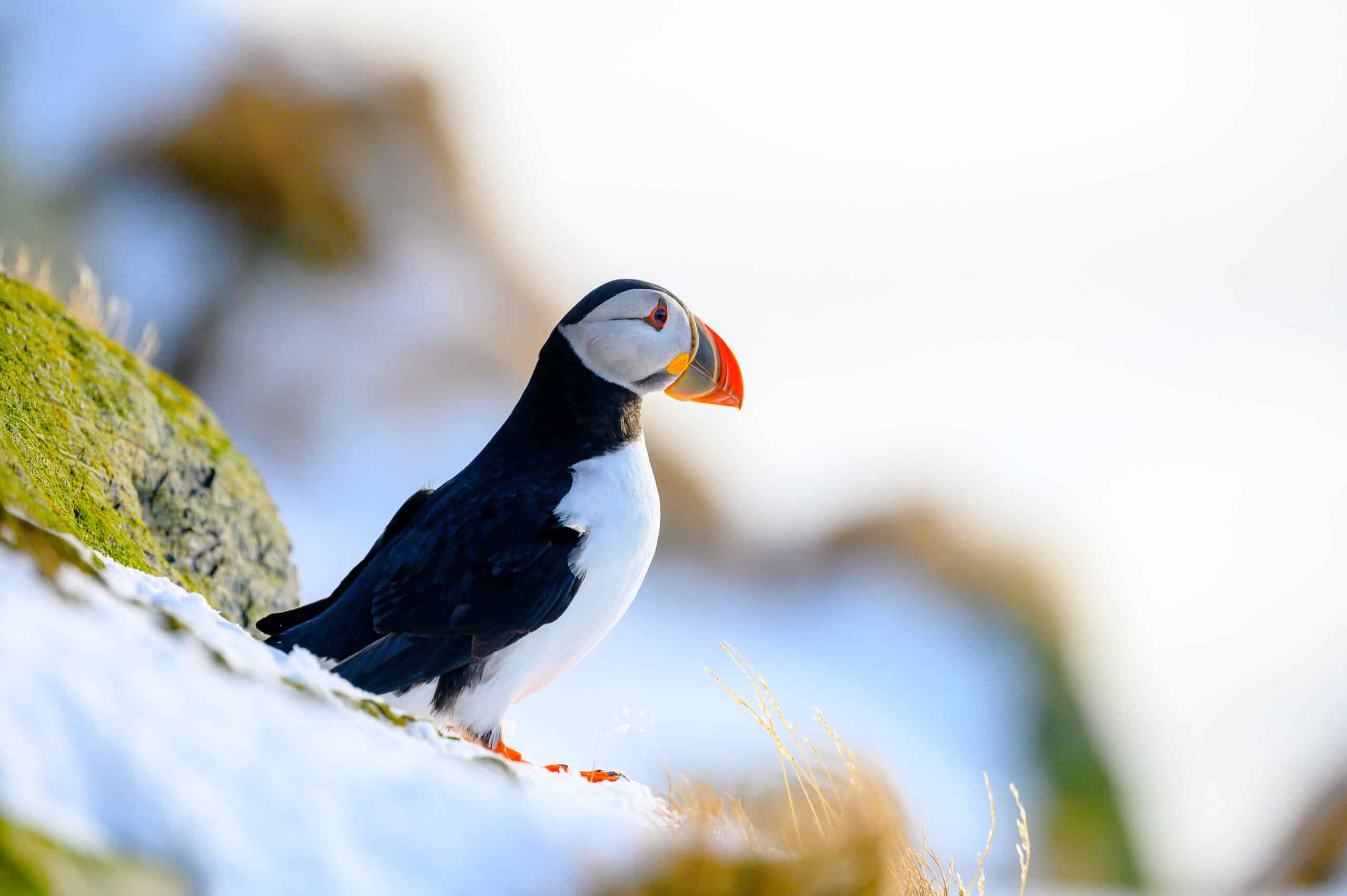
Puffins are distinctive seabirds known for their colorful beaks and comical appearance. The Arctic puffin (Fratercula arctica) breeds on coastal cliffs and islands in the North Atlantic. During the breeding season, their beaks become brightly colored, attracting mates. Puffins are excellent swimmers, using their wings to ‘fly’ underwater while catching fish. They are also agile fliers, despite their small, stubby wings. The puffin’s unique appearance, remarkable adaptability, and charismatic behavior make it a beloved species among birdwatchers and wildlife enthusiasts.
Bowhead Whale
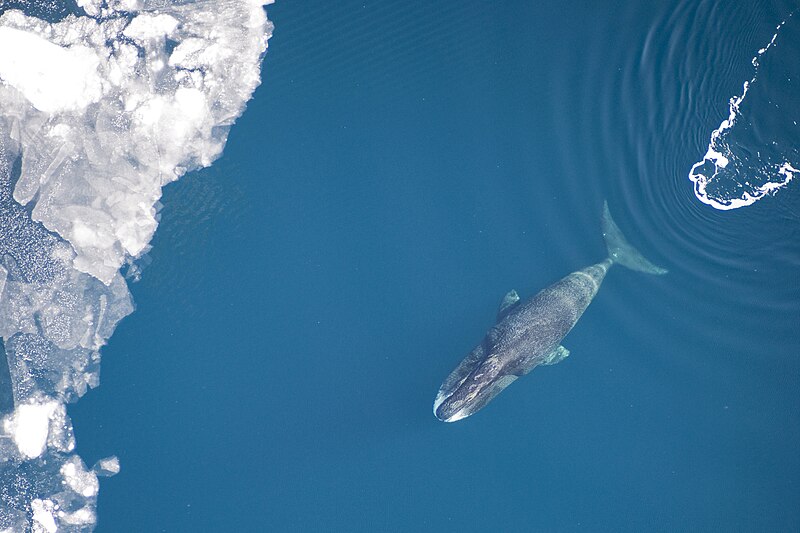
Vicki Beaver, Alaska Fisheries Science Center, NOAA FIsheries, Marine Mammal/ Wikimedia Commons
The Bowhead Whale (Balaena mysticetus) is an Arctic species known for its immense size and long lifespan, with individuals living over 200 years. They are distinguished by their massive bow-shaped heads, which they use to break through sea ice. Bowhead whales have the thickest blubber of any whale species, providing insulation in the frigid Arctic waters. These baleen whales feed on zooplankton and small fish, filtering them through their baleen plates. Their impressive longevity, resilience to extreme conditions, and role in Arctic marine ecosystems make bowhead whales a unique and fascinating species.
Grizzly Bear
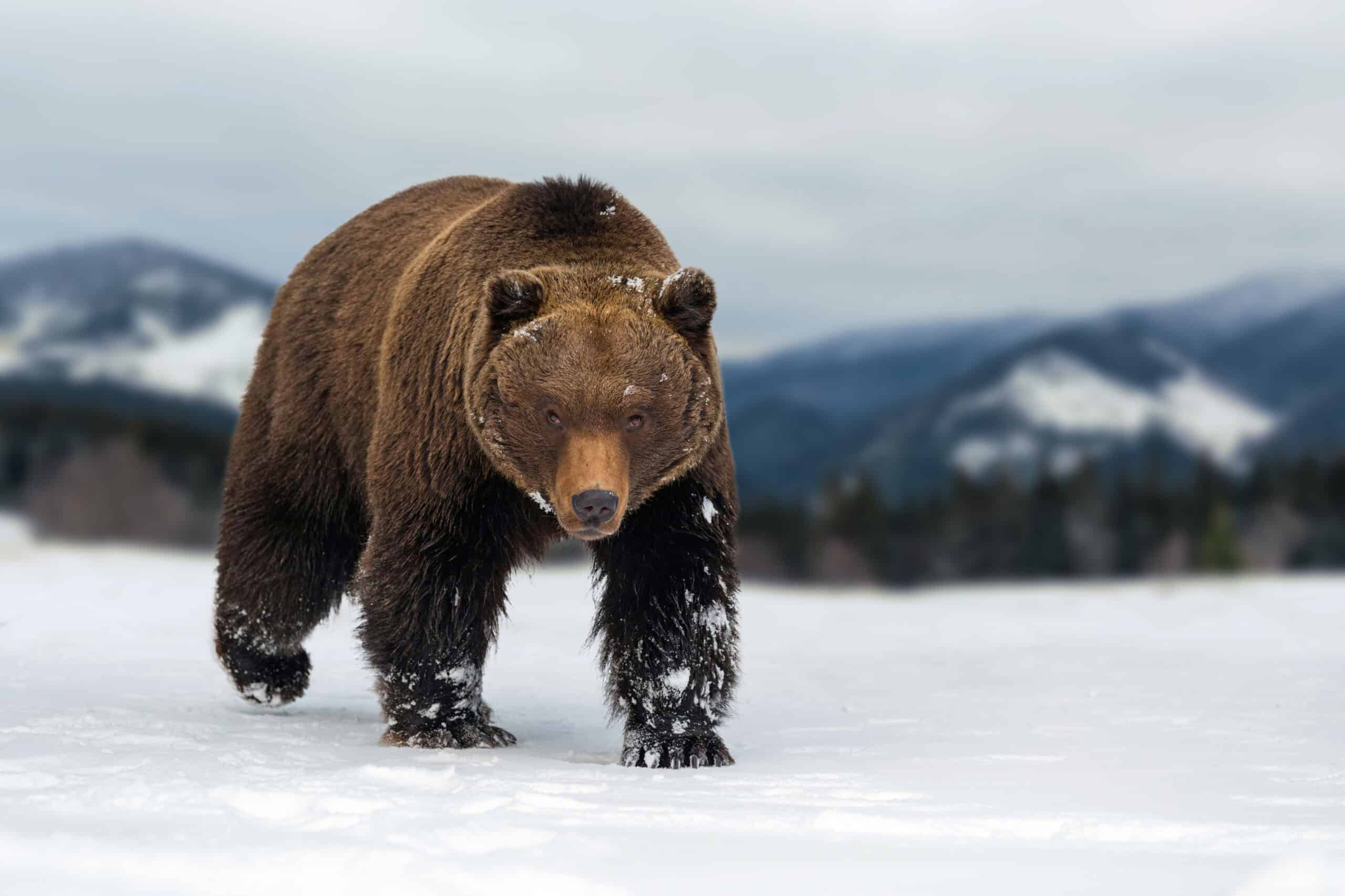
The Grizzly Bear (Ursus arctos horribilis) is a powerful omnivore found in parts of the Arctic, particularly in Alaska and western Canada. These bears have distinctive hump shoulders, long claws, and a varied diet that includes plants, fish, and mammals. Grizzly bears are known for their strength and impressive foraging skills, often seen fishing for salmon during spawning season. Their ability to adapt to different environments, from dense forests to open tundra, and their role as apex predators make them a crucial species in their ecosystems.
This article originally appeared on Rarest.org.
More from Rarest.org
12 Most Lucrative College Football Programs

College football is not just a game; it’s a significant revenue driver for many universities across the United States. The financial impact of these programs extends beyond the field, influencing the entire athletic department and even the academic institutions they represent. Read more.
17 Unique Species of Bats
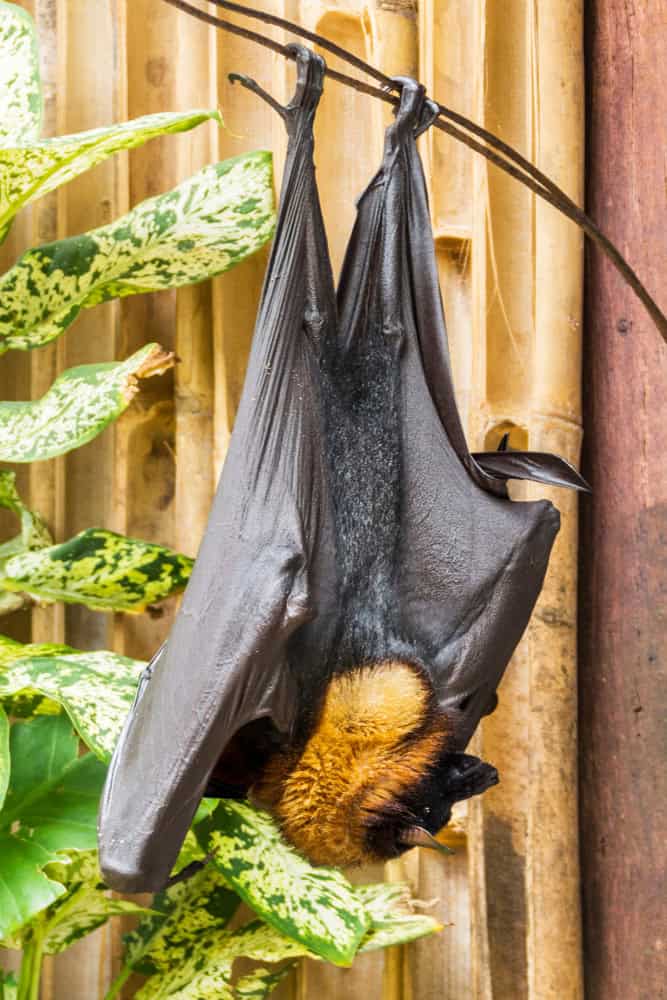
Bats are some of the most diverse and fascinating creatures on the planet, with over 1,300 species exhibiting a wide range of sizes, shapes, and behaviors. Read more.
Top 10 Snake Patterns Ranked by Rarity
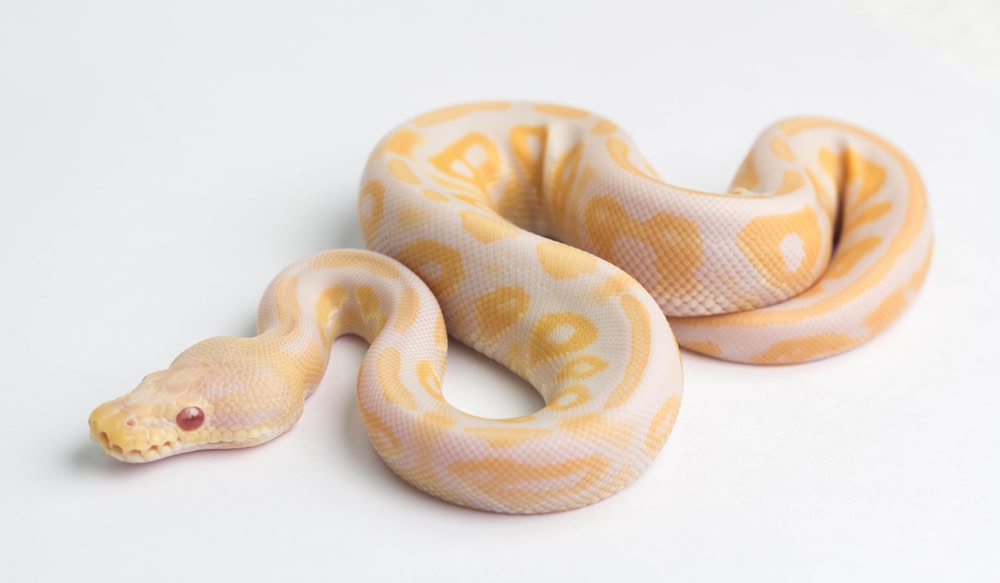
Snakes are fascinating creatures with a wide variety of patterns and colors, each serving a unique purpose in their survival. Read more.
